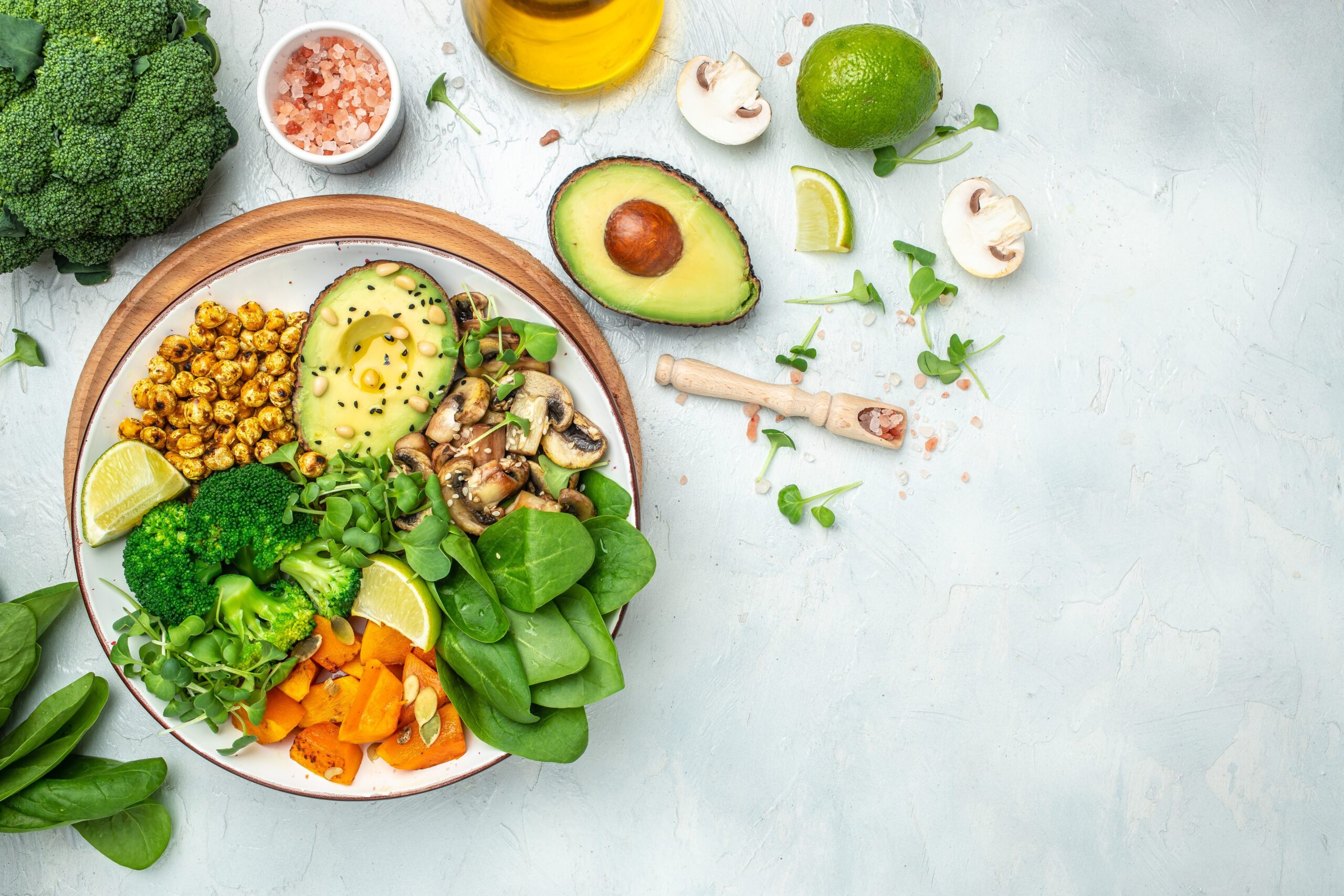In a world where grocery shopping can feel like a delicate dance between necessity and indulgence, the sticker shock of certain staples can leave you downright breathless. As inflation and supply chain hiccups weave their way into everyday life, the once-modest grocery bill now commands a probing gaze at each aisle’s offerings. Here’s a thought-provoking look at 13 grocery store staples that have tiptoed into the realm of extravagance, daring you to reconsider their place in your cart.
1. Avocados
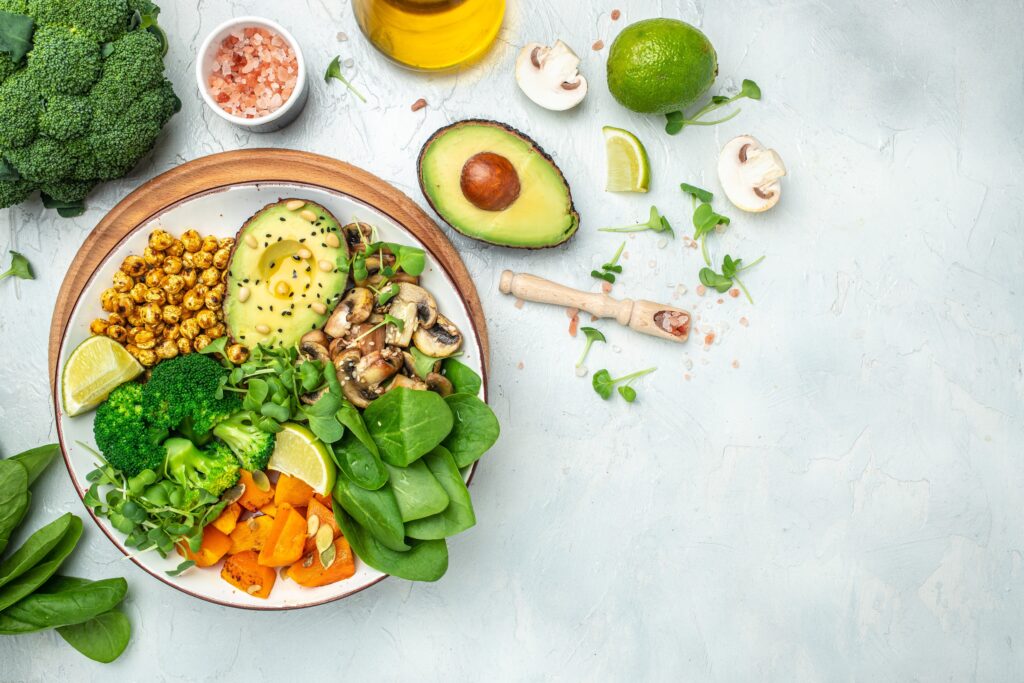
The beloved avocado, a staple of brunches and Instagram feeds alike, has skyrocketed in price, stirring a quiet frustration among fans of the creamy fruit. Once considered a symbol of culinary sophistication, avocados now flirt with the label of luxury. According to a report by Rabobank, fluctuating climates and increased global demand have conspired, making this once-humble fruit an investment. Your toast may feel a little emptier without it, but perhaps it’s time to embrace the challenge of finding new flavors to explore.
As you browse the produce aisle, you can almost hear the avocados whispering tales of their journey from farm to shelf—a journey that seems to grow longer and more expensive by the season. Their allure remains undeniable, yet the price tag provokes a moment of pause. The task is to decide whether the rich, buttery texture is worth the financial stretch. In an age where priorities shift as quickly as trends, maybe a hiatus from avocados is the reset you never knew you needed.
2. Almond Milk

Once hailed as a darling of the dairy-alternative scene, almond milk’s price surge has left many wondering if plant-based living is still the economical choice it once was. The gentle, nutty flavor that so effortlessly pairs with morning granola now carries the weight of inflated costs. As the demand for almond milk grows, so too does the strain on its production, leading to a market governed by supply rather than sentiment. It’s a moment to reassess your pantry essentials and perhaps rekindle a relationship with other alternatives.
Almond milk’s rise in cost could prompt a return to simpler, less processed choices, forcing a reevaluation of what truly satisfies your palate and your budget. The allure of an eco-friendly lifestyle is undeniable, yet every rise in cost invites contemplation. Perhaps this is an opportunity to diversify your dairy-free arsenal with less costly options like oat or soy milk. After all, variety can be the spice of life, even if it means parting with a former favorite.
3. Beef

Beef, long considered a cornerstone of hearty meals, has seen its price tag balloon to levels that give even the most ardent carnivores pause. The reasons are complex, interwoven with factors such as feed costs and environmental changes. According to John Anderson, an economist with the American Farm Bureau Federation, the pandemic disrupted meat processing, which continues to ripple through the market. Suddenly, your Sunday roast feels more like a luxury than a staple.
With beef prices climbing, the sizzle of a juicy steak on the grill now comes with a side of financial reckoning. For many, the choice becomes whether to indulge sparingly or explore alternative protein sources. As plant-based diets gain traction, perhaps this is a perfect excuse to try that intriguing vegetarian recipe you’ve been eyeing. After all, dining decisions often reflect broader life shifts, nudging you toward new culinary adventures.
4. Coffee

That daily ritual of savoring a fresh brew may demand a more significant chunk of your paycheck than ever before. Coffee prices are perking up, thanks to a blend of climatic disruptions in key growing regions and increased global demand. For many, coffee is sacred—a non-negotiable start to the day—and its rising cost feels like an affront to morning sanity. Yet, perhaps it’s a nudge to explore savvy sourcing or even delve into the world of home-brewing and bean grinding.
In the realm of caffeinated comforts, the inflationary tide forces a reckoning with your morning priorities. A premium for your favorite java might mean cutting back on other daily luxuries or refining your taste to embrace more wallet-friendly blends. This could be an invitation to deepen your appreciation for the craft and complexity of coffee, savoring each sip with newfound intentionality. Sometimes, the most satisfying habits are the ones refined through necessity.
5. Eggs

For something that once symbolized simplicity and nutrition, the egg has become a surprisingly pricey staple in recent times. Supply chain issues coupled with heightened production costs have left many a breakfast lover aghast at the rising expense of this kitchen mainstay. Jessica Custer, a food economist, highlights that avian flu outbreaks have also played a significant role in driving up prices. This reality might prompt you to reconsider how essential that morning omelet truly is.
The ascent in egg prices forces a moment of reflection: are there alternatives that won’t crack your budget? It’s a chance to explore plant-based substitutes or to get creative with other proteins in your breakfast routines. Reinvention is often the mother of culinary invention, and while eggs have had their reign, this price hike might just inspire a delicious new dawn for your meals. Whether for health or for thrift, change can be as invigorating as it is intimidating.
6. Fish
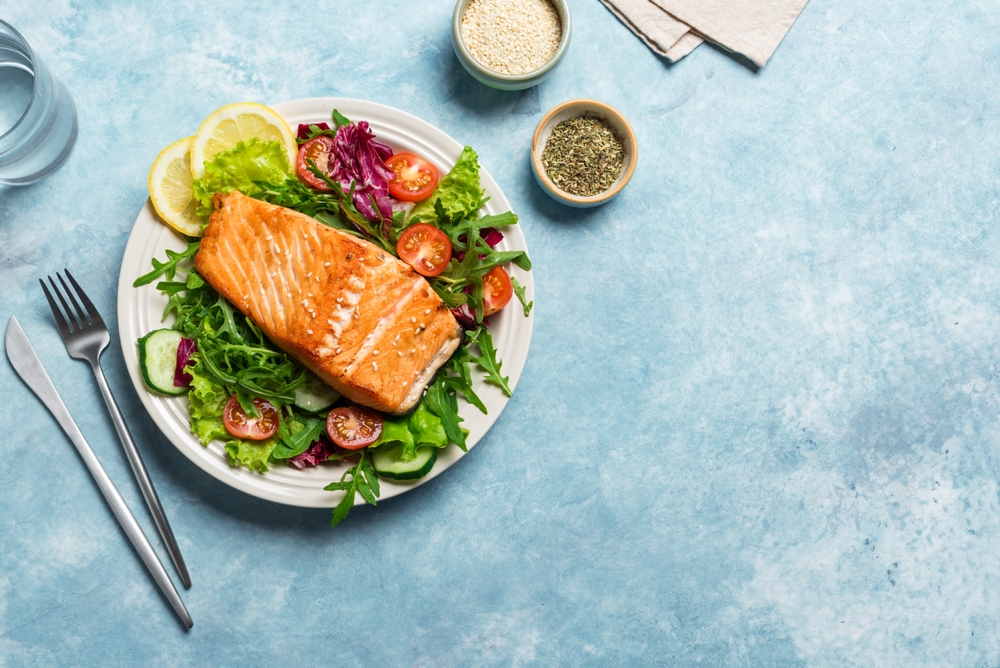
Once deemed a staple of health-conscious diets, fish too has entered the realm of luxury dining, with prices swimming steadily upwards. The delicate balance of overfishing and climate change has rendered certain species scarce, thus inflating their market value. Seafood lovers might find themselves at a crossroads, weighing the cost against the undeniable benefits of omega-3-rich sustenance. Perhaps this is an opportunity to lean into the sustainable seafood movement, exploring lesser-known, affordable varieties.
As you stand in the seafood section, the pungent aroma mingling with the air, it’s hard not to feel the weight of each dollar. The rising price of fish challenges you to venture beyond the usual suspects like salmon and tuna, fostering a deeper connection with the ocean’s bounty. It’s an invitation to embrace culinary curiosity, sampling varieties that might have once gone overlooked. Often, the best discoveries are hidden in plain sight, waiting for moments like these to shine.
7. Olive Oil
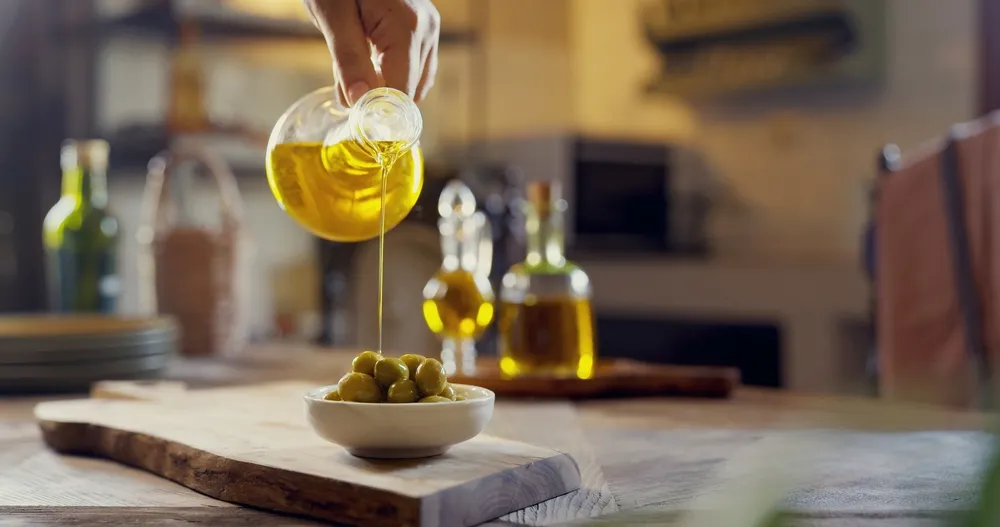
Olive oil, that golden essence of Mediterranean kitchens, has slipped into the pricey category, prompting foodies to rethink their drizzles and sautés. A series of poor harvests, driven by adverse weather conditions, has tightened supply, according to the International Olive Council. The result is a hike in prices that turns a pantry staple into a precious commodity. It’s a twist that may inspire you to explore other oils, like avocado or sunflower, to maintain your culinary flair without breaking the bank.
In this age of rising costs, olive oil’s allure remains its unique flavor profile and health benefits, a combination hard to forgo. Yet, innovation is born of necessity, and this might be the moment to embrace alternative cooking methods or oils. Perhaps this is an invitation to deepen your understanding of flavor and nutrition, engaging with foods in new and unexpected ways. The kitchen is your canvas, and with a few adjustments, it can continue to serve as a place of creativity and joy.
8. Bread
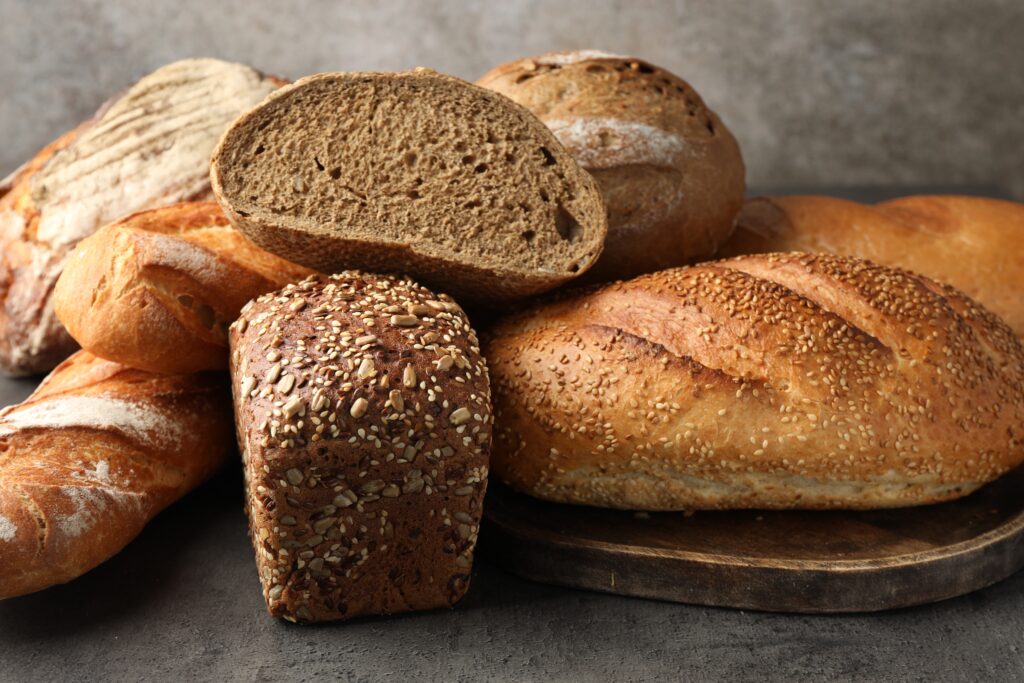
Bread, often seen as the humble backdrop to more glamorous foods, has itself become a financial consideration in the weekly shopping haul. Rising prices for wheat and other grains have trickled down to the bakery aisle, leaving a loaf of your favorite artisanal sourdough to feel more like a splurge than a staple. It’s a situation that might prompt home bakers to dust off their bread machines and rediscover the joy of crafting loaves from scratch. After all, there’s something grounding and therapeutic about kneading your own dough amidst life’s uncertainties.
The steady climb of bread prices might also be the push needed to explore a world of grains beyond wheat. Consider the rustic allure of rye or the neutral versatility of oat flour as you navigate this new terrain. As your palate diversifies, so too does your appreciation for the rich tapestry of global cuisines and the cultural significance of bread around the world. In this era of change, the simplest of foods can offer a gateway to broader horizons.
9. Cheese
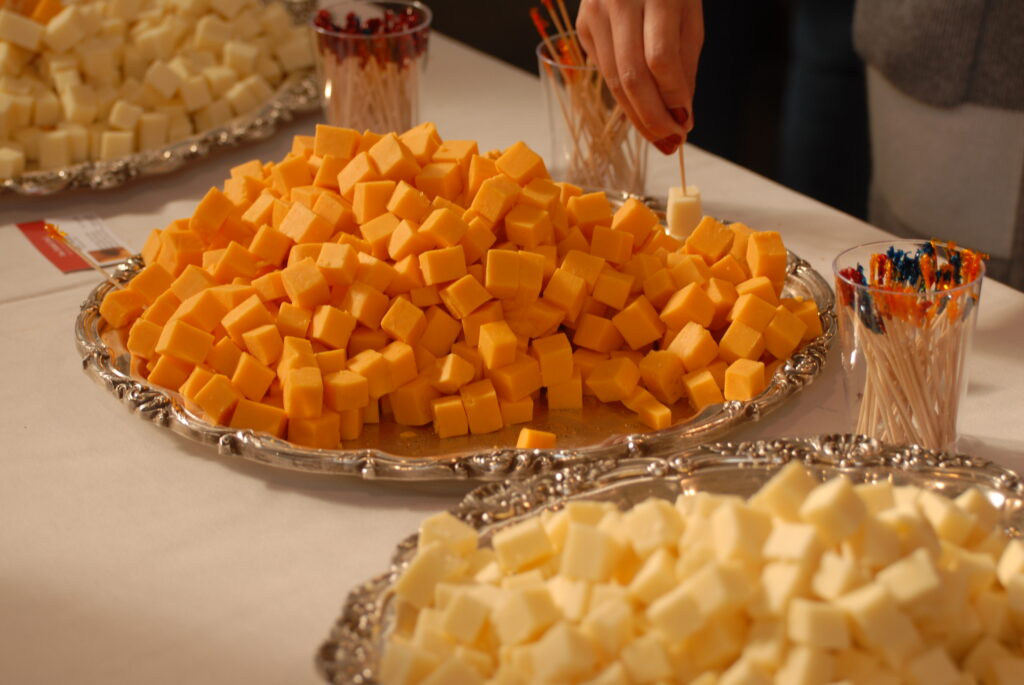
Once a symbol of indulgence and comfort, cheese has edged toward the extravagant end of the price spectrum. As the cost of milk and production increases, so too does the price of your favorite block or wheel. For many, cutting back on cheese feels like a culinary betrayal, a sacrifice of the savory pleasures that punctuate meals with joy. Yet, it could be a moment to discover new tastes and textures, exploring alternatives that satisfy without the financial guilt.
The rise in cheese prices introduces an element of strategy to your shopping list, inviting creativity in offsetting this indulgence. Perhaps it’s the perfect time to dabble in cheese-making at home or to delve into the rich world of vegan cheeses, which are becoming more sophisticated and flavorful each year. Such explorations may reveal a newfound love for flavors and foods that were hiding in plain sight. A shift in perspective can turn a simple adjustment into an unexpected delight.
10. Butter
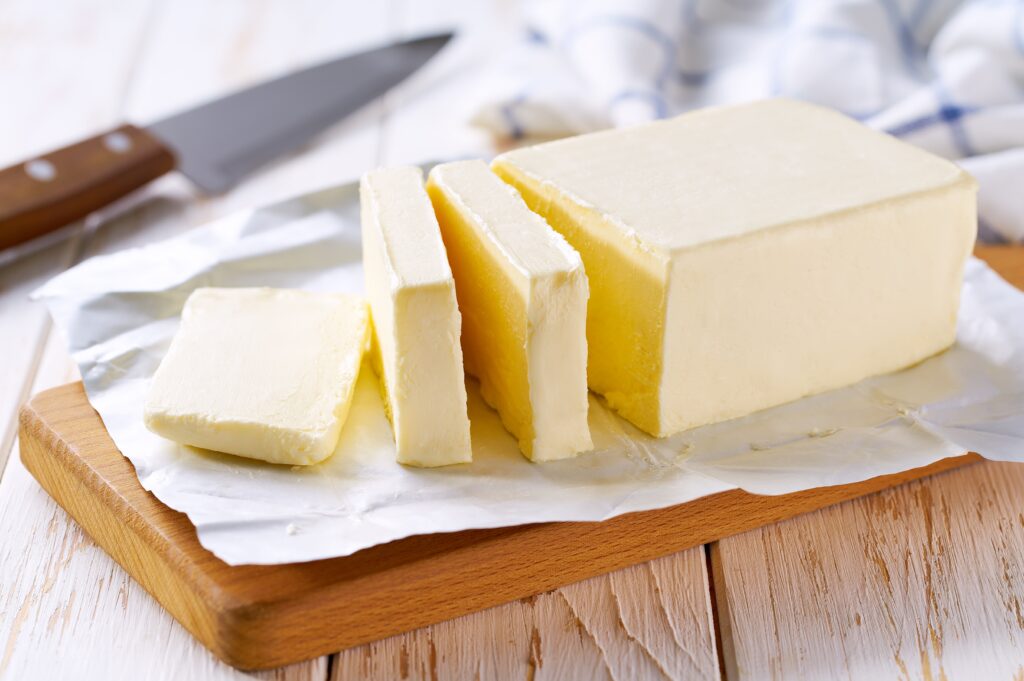
As butter prices soar, the simple act of spreading it on toast is now a decision tinged with fiscal awareness. The rise in dairy costs has swept through the market, making this beloved staple a more considered purchase. But fear not, for this might be your chance to explore a world of spreads and fats that offer both flavor and cost efficiency. Margarine, coconut oil, or even the humble olive oil can introduce new dimensions to your culinary repertoire.
While the rich, creamy allure of butter is undeniable, the price tag may prompt a reevaluation of its place in your diet. This rise in cost could encourage a shift toward more plant-based choices, aligning your wallet with your wellness goals. Sometimes, the push to try something new can spark a lifelong habit, enriching your culinary landscape. The culinary world is vast, and butter’s price hike might be your ticket to exploration.
11. Chicken
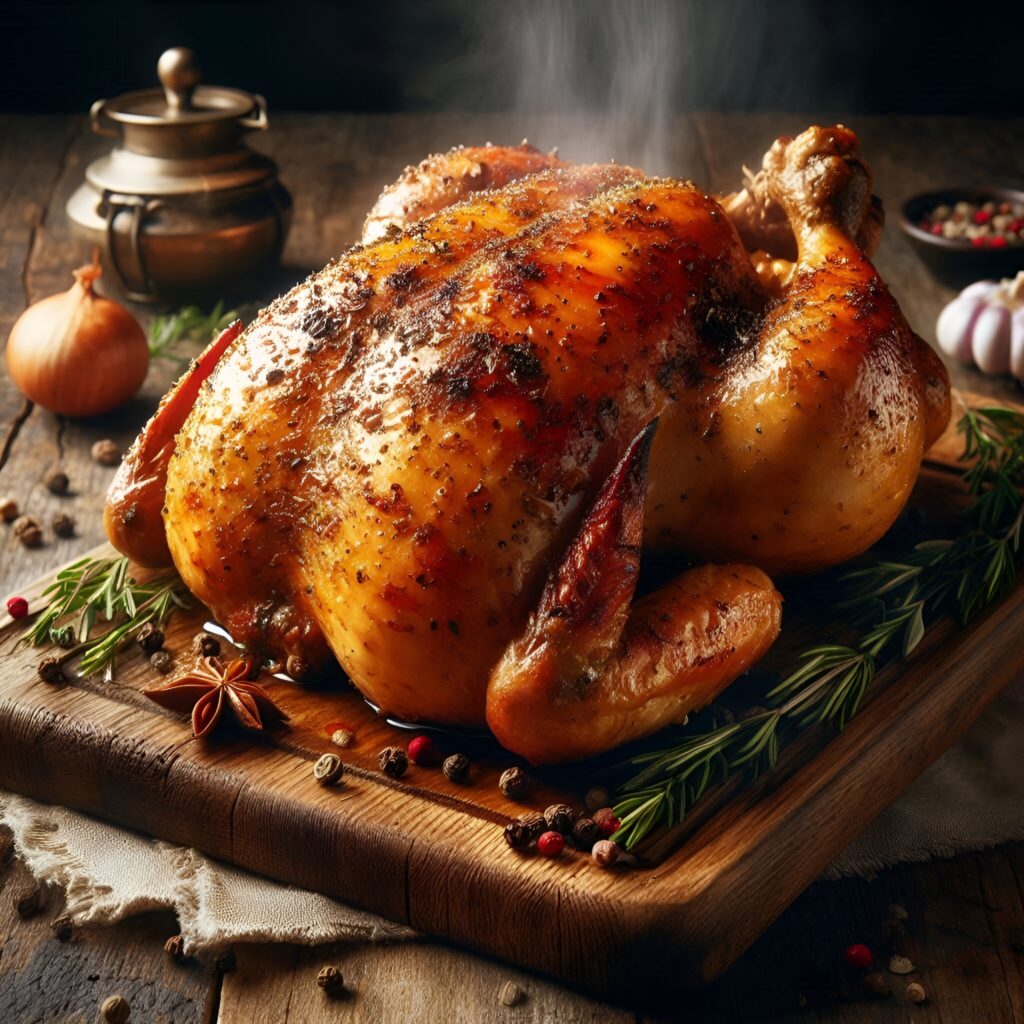
Chicken, once the reliable centerpiece of countless meals, has seen a price jump that makes it a more thoughtful inclusion in your diet. The ripple effects of feed shortages and supply disruptions have led to this once-affordable protein becoming a more premium purchase. As the cost rises, so does the opportunity to explore an array of plant-based proteins that promise to keep your meals both interesting and nutritious. Think chickpeas, lentils, and tofu, which invite a wealth of flavors and textures to your plate.
Facing the financial reality of chicken’s rising cost, you might find yourself contemplating the value of variety. Shifting focus to alternative proteins can open your kitchen to new culinary adventures that are both sustainable and satisfying. Use this as a chance to refresh your recipe repertoire and engage with the rich flavors of global cuisines that celebrate plant-based ingredients. In every change lies the seed of opportunity, urging you to nourish both body and soul.
12. Wine

The clink of glasses and the swirl of wine in hand, once a simple pleasure, has now become an economic consideration. With climate change impacting vineyards globally, the cost of your favorite bottle has slowly crept upwards. While the allure of a good wine is hard to resist, the price hike challenges you to explore a variety of beverages that complement your table. Perhaps it’s an invitation to dive into the world of craft beers, ciders, or non-alcoholic options that promise delight without the hefty price tag.
As wine prices inch higher, the opportunity to refine your palate emerges, encouraging the discovery of unexpected gems. Look beyond the familiar labels and regions, and you may find affordable, exceptional wines that satisfy both taste and budget. When necessity nudges you to rethink your choices, embrace the chance to expand your horizons and deepen your appreciation for the complex world of beverages. Every sip tells a story, and this is your cue to explore new narratives.
13. Pasta

The humble pasta, a staple of comfort and convenience, has slipped into a more elite category due to rising wheat prices and supply chain disruptions. As it leaves its budget-friendly reputation behind, you may find yourself reconsidering the frequency of pasta nights. This could be your moment to diversify with alternative grains like quinoa or buckwheat, bringing new textures and nutrients to your dining table. Change is in the air, and your palate is ready for a refresh.
With the shift in pasta pricing, there’s an opportunity to explore the culinary traditions of other cultures, embracing a more global approach to meal planning. Think beyond spaghetti and penne, venturing into the worlds of rice noodles or even spiralized vegetables. It’s a chance to get creative, making meal times an exciting journey of discovery and flavor. After all, what’s a kitchen if not a playground for the curious and the adventurous?
This article is for informational purposes only and should not be construed as financial advice. Consult a financial professional before making investment or other financial decisions. The author and publisher make no warranties of any kind.





